I’m a lucky girl: each month, I get to play with some of the coolest emerging creative brands on the planet in my LBU Alumni Coaching Community. It’s an eclectic mix of stationery, apothecary, apparel, and gift companies and we work together every single day to forge a network of support, answer questions and propel our brands forward. Pretty groovy stuff, but the inevitable happened recently when once of our members discovered that some of her intellectual property (in the form of an original product design) was “borrowed” by another local company.
Unfortunately, chances are high that you’ll find yourself battling infringement someday. It’s rampant in the creative community and I’ve stared it down more times than I care to admit as the owner of a product-based brand. I shared some advice in my coaching community about what to do when someone steals your product or packaging designs / product images / website copy and I thought it might prove helpful for you, too.
First things first, when I realize that some less-than-original soul has taken a shining to my content, I do any / all of the following:
- Deep, cleansing breaths
- A long, hot bath
- A glass of wine (preferably red)
- Chocolate (preferably dark)
- Yoga
- Playing with your puppy
- A long walk with heaps of fresh air
- Making out with your significant other
- A call to your bestie
- An exhausting run (better you than me…
A clear head always comes in uber-handy when I make contact with the infringing party + superhuman patience is my perpetual ally as I work towards a resolution. I don’t make a single move until I have these two things on lock:
CLARITY
PATIENCE
STEP ONE: DOCUMENT THE INFRINGEMENT.
Before I ever make contact with the infringing party, I conscientiously document the infringement. I take screen captures of both my original content + their unoriginal take on that content.
What rises to the level of infringement? This is a particularly sticky area + I highly recommend consulting a skilled intellectual property attorney. I’ll tuck the contact information of a great IP attorney in the comments below!). Here’s a uber-quick crash course in intellectual property:
COPYRIGHT: Copyright is a legal protection enacted by the government which guarantees the rights of an original creator of a specific work. Some examples of original works that qualify for copyright protection include, but are not limited to:
- Literary works of all kinds such as books, webpages, brochures, etc.
- Music + sound recordings
- Photographs
- Databases
Copyrights restrict the ability of others to perform, publish, display, or distribute the original work. They happen organically as soon as you create the work in a “fixed” form, but federal registration has a host of benefits, including enabling you to collect additional damages from the infringing party. In my experience, the instance of stolen images + text are the easiest cases to put to bed.
PATENT: Patents are another form of legal protection that governs both product design + functionality. Essentially, the protect the novel + unique features of an invention. They cannot protect product formulas (sorry, apothecary brands!) or ideas. If you were to invent a new way to color sugar scrubs, then that might well be patentable, but the formula for your specific sugar scrub? Not so much. I know very few makers who have actually secured patents for their creations.
TRADEMARK: Trademarks are designs, images, words or series of words which identify a product or service to distinguish it from the offerings of a competitor. Most often, makers trademark their brand names, taglines and key product names. Though registering a trademark is expensive + often slow-moving, it’s of paramount importance for creative brands. At a minimum, I recommend getting your brand name on lock. As with copyrights, you need not actually register a mark to enjoy rights, but trying to enforce an unregistered mark is a lot like nailing jell-o to a wall and failing to register a mark can leave your company vulnerable in ways that few of us can imagine. I should know… I once battled a million dollar trademark lawsuit for my product-based business, but that’s a story for another day (hint: I won).
Before I engage an infringer, I always want to make sure that I have my legal ducks in a row, my registrations on lock and that I am actually the originator of the work in question. Once all that’s done, I prepare to reach out + touch someone.
STEP TWO: SEND A CEASE & DESIST LETTER.
Cease & Desist letters are communications sent from an aggrieved party to an offender, demanding that the offender stop activity which the aggrieved party deems to be a violation of their rights.
C&D’s can be sent via email or- for maximum impact- via Federal Express or UPS overnight service with a signature required. Those delivery options will set me back around $20, but they’re swift, traceable and they offer an air of credibility. I always print the C&D letter on my letterhead + affix my signature.
C&D’s have no particular legal format, but mine always:
1. Identify perceived violations
2. Cite specific law
3. Detail expected corrective measures
4. Define a timeline for action
5. Inform of potential next steps
Since they can be prepared by an individual or an attorney, many small businesses compose the first “shot across the bow” themselves, then defer to a licensed attorney if the offender fails to take the requested corrective measures. I almost always prefer to step up to bat first + save my lawyer for heavier lifting if the mule proves to be particularly stubborn in budging.
When I write my C&D letters, I:
1. Make certain that I’m calm. I strip out the emotion + present myself as professionally as possible.
2. Make certain that I’m specific. “Text appears on the ‘about us’ page of www.yourwebsite.com which is identical or strikingly similar to content published on the ‘about me’ page of www.mywebsite.com” is infinitely more powerful than “You took a bunch of text from my website.”
3. Include copies of the infringement. It shows the infringing party exactly what needs correction +also reveals that I’ve capture evidence of the infraction.
4. If I have formal federal registrations, I mention them. This alerts the infringing party that I know your stuff, that I’m serious about protecting my intellectual property + that I’m poised for legal action, since official registrations are often required before bringing infringement action to court.
5. Tell the infringing party exactly what I want. Not “fix it now” but rather: “I request written confirmation that all infringing content has been removed from your site and any related materials no later than 5:00pm EST on August 1st, 2015.”
6. Set a deadline. I usually shoot for 10-14 days from the day they’ll receive the letter.
What happens next? I hope. I pray. I stay busy building my empire.
In most cases, the infringing party resolves the dispute quickly + quietly. If they legitimately didn’t know the rules of intellectual property, then they’re probably embarrassed + eager to fix things (even if they aren’t eager to talk to me about it).
If they knew the rules and just hoped they wouldn’t get caught, then they usually make the changes + slink away quietly.
Very often, if I hear something from an infringing party, it’s an explanation along the lines of…
“My web designer must have taken that content from you…I’ve never seen your site before.”
“Oh! That’s weird. I’ve never heard of you/ your product before.”
“That text wasn’t on there when I launched the site. I have no idea how it got there!”
And while some of those explanations may stretch the bounds of plausibility, who cares- so long as the infringement is remedied posthaste, right?
Many times, I never hear a thing. The deadline passes, I drop by to check in on things and viola! No more infringement. Hip, hip and hooray.
Every once in a while, I stumble upon a stubborn mule who refuses to budge. Perhaps they ‘re having a particularly bad week. Or maybe they need some excitement in their life. There’s always a chance that they truly feel justified using my work (for whatever reason). Maybe they just want to see what happens next…
Whatever the case may be, I usually pour another glass of vino + start ringing up my lawyer. Intellectual property issues can be rectified in court, but they’re time-consuming, painfully expensive + these cases often move at a glacial pace. It’s rare that one escalates to full-court-action and 95% of the time, they don’t need to. While it’s easy to get distracted by dirty, dirty cheaters, it’s less often that they actually make a noticeable dent in our businesses. In my experience, people who copycat in the product department are typically fantastically lazy souls. And fantastically lazy souls typically aren’t in business for long. So, chin up… hot baths and Jay-Z help.
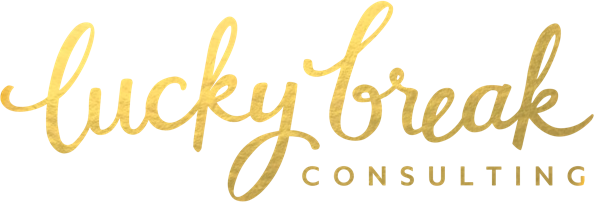
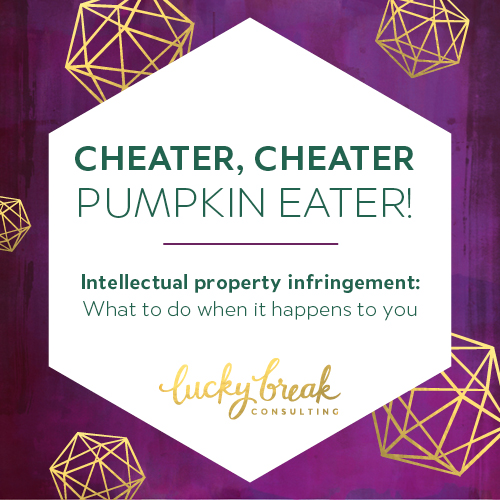
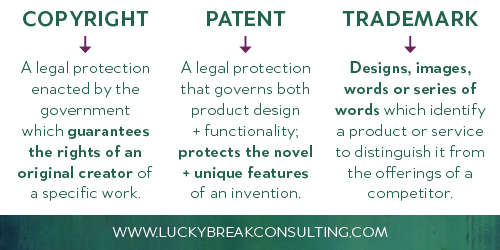
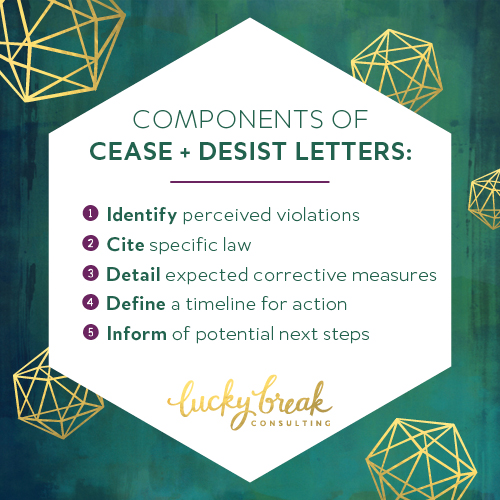


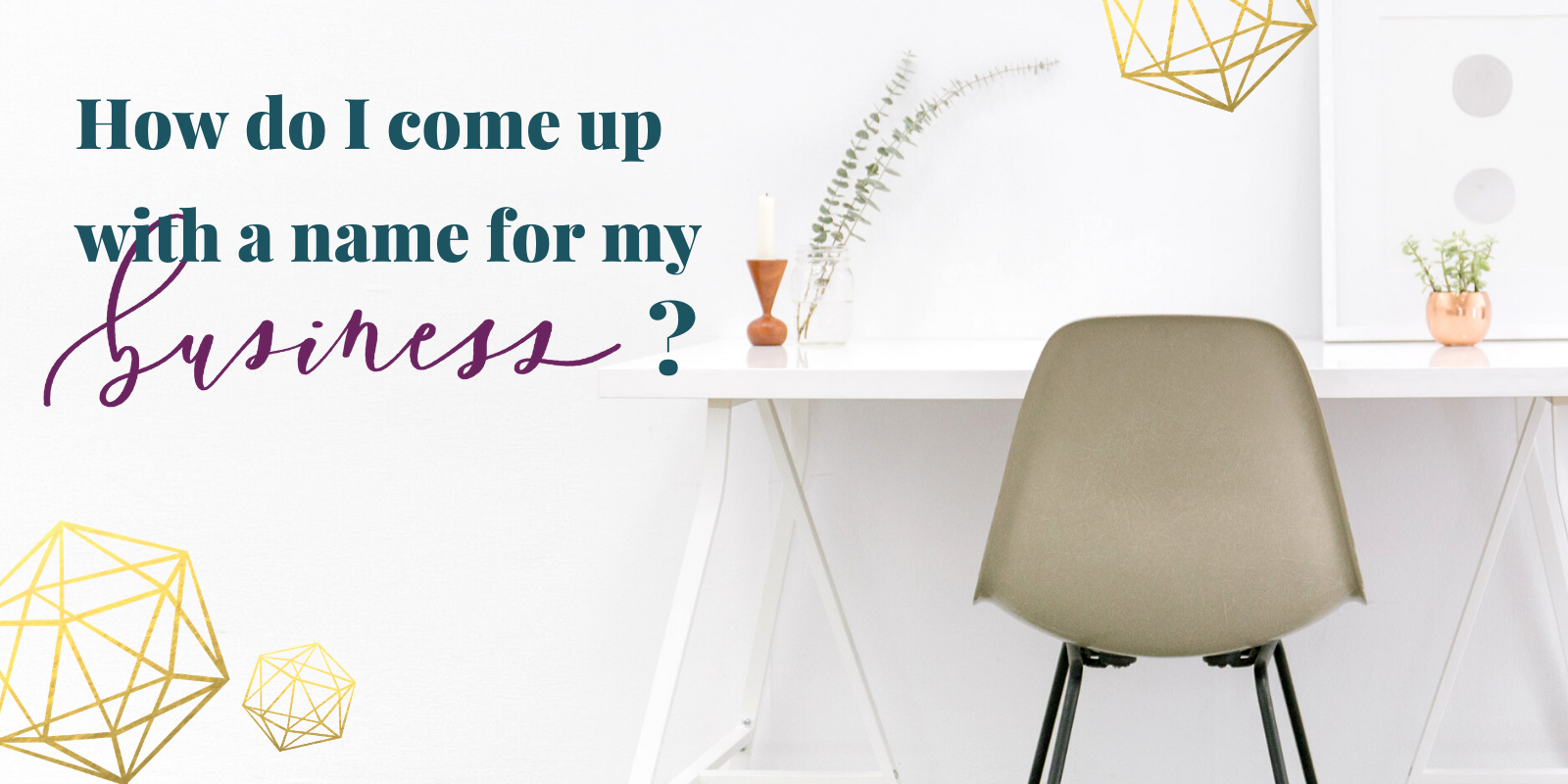
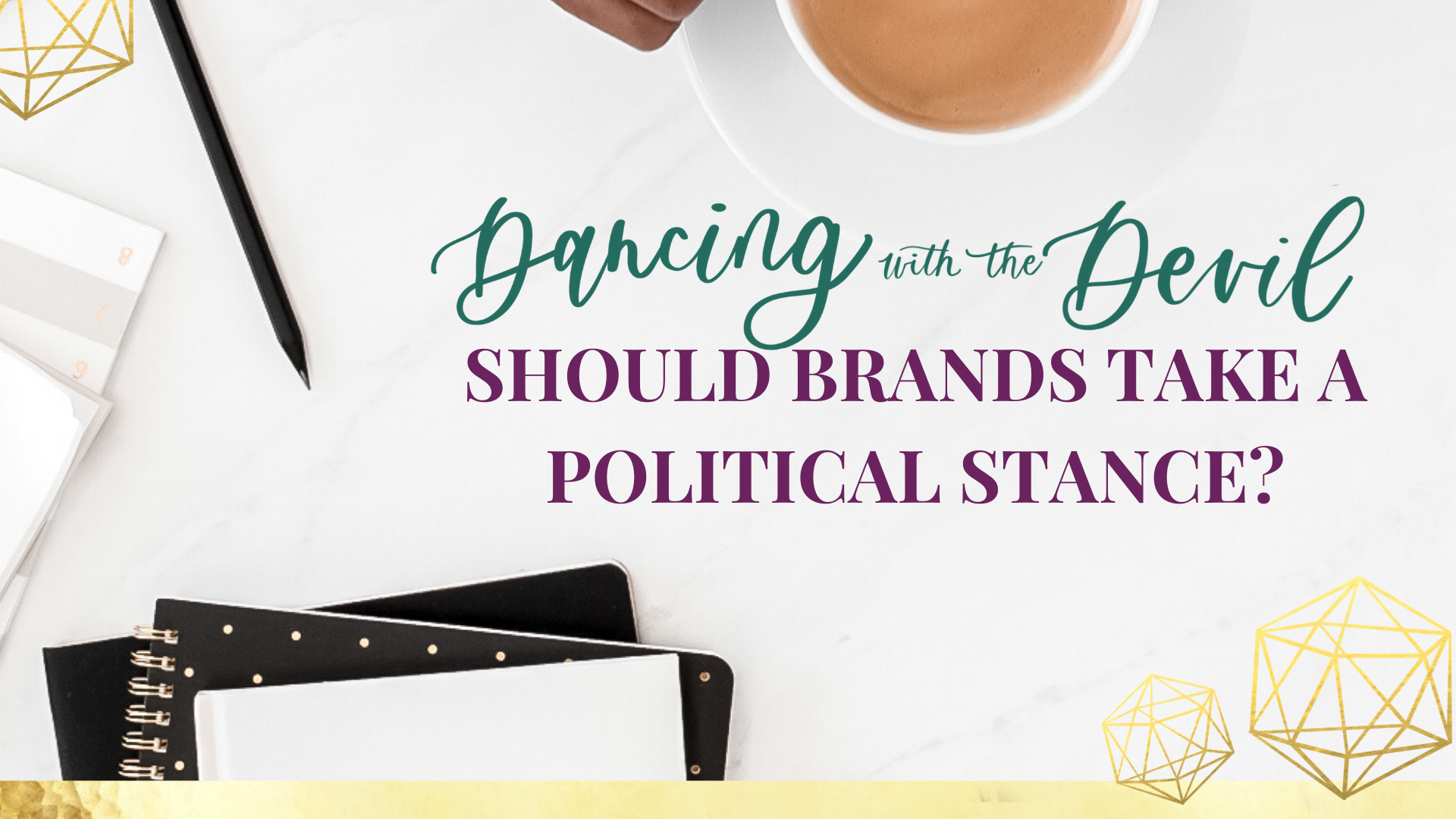
Lela,
This is sound, sage advice. I can tell that you have been there, done that (sorry ’bout that) and your experience-based sharing is exactly what every entrepreneur needs to hear. I love your advice to be clear, be professional and fact-based. Emotions rarely work – and as you pointed out, if you give the cheater a chance to save face, the end result is the same: your original works stay with you. Here’s to many years of innovating, loving it and thriving in our own spheres … and yes, inspiring others to come up with their own thing without outright copying. Cheers.
How in the world do you find out about someone taking your material? Do you have someone scanning pages? I find that I am way too busy to be on top of what others are doing.
Hi Omitade,
I hope that we’re all too busy to scan the internet for copycats. 😉
Most cases of infringement have been brought to my attention by third parties who caught the infringement and clued me in. That happens more often than you might imagine… makers looking out for other makers out in the wild. If you’re interested in automating the process, checkout http://www.copyscape.coom